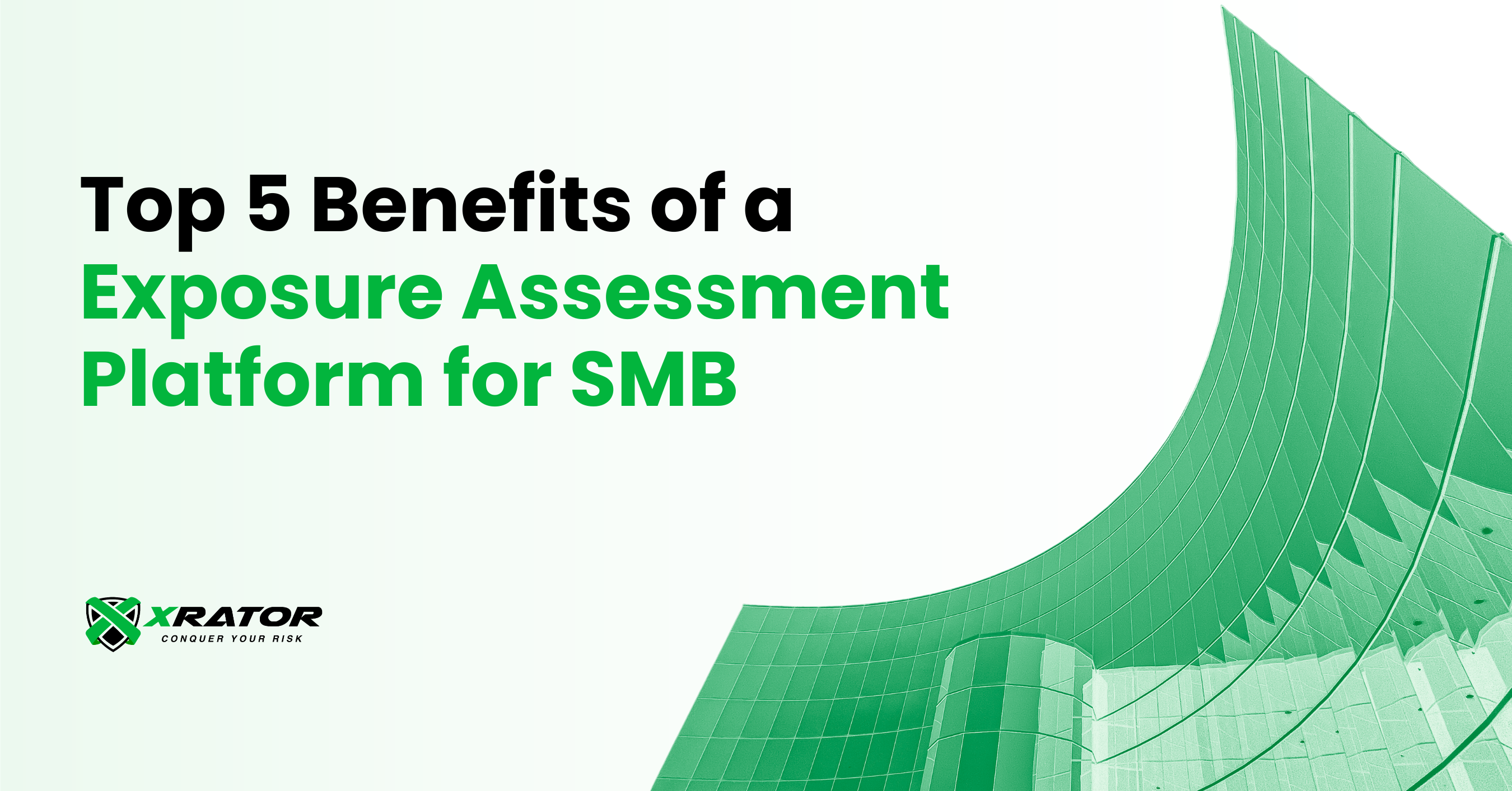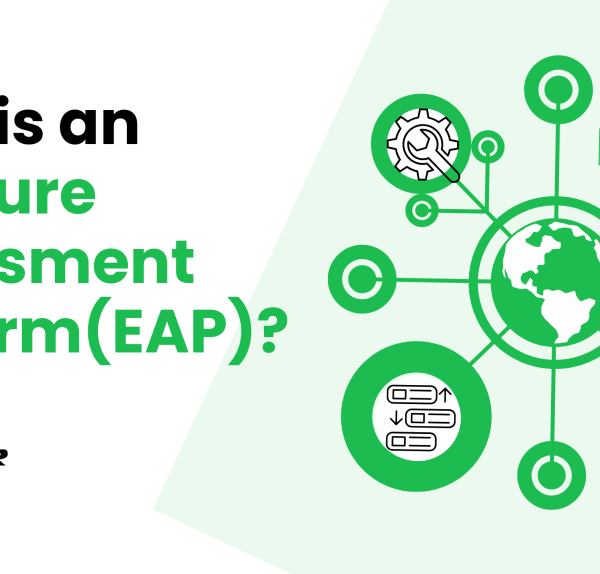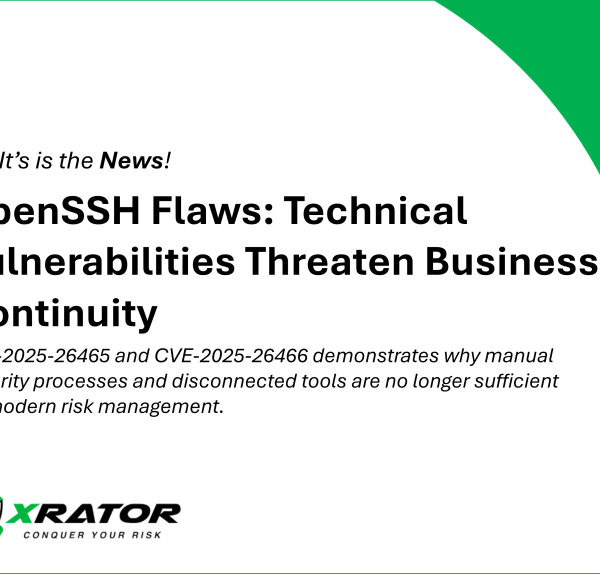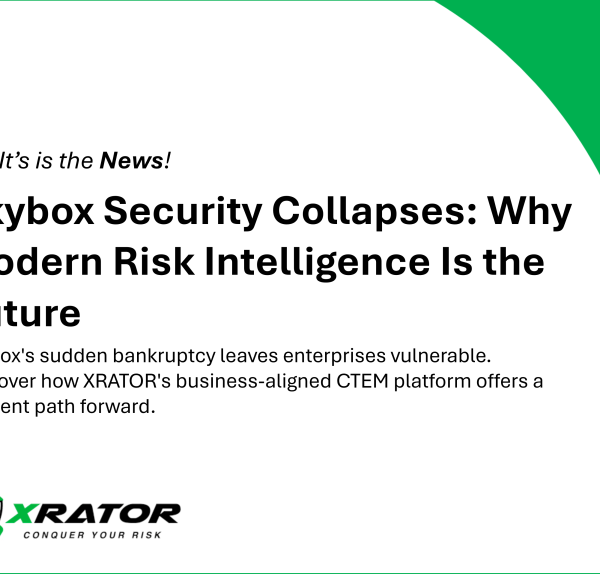Introduction
Small and mid-sized businesses (SMBs) have a unique challenge when it comes to cybersecurity. They must protect their networks and data with fewer resources than large enterprises, while facing similar threats. This leaves many SMB leaders feeling overwhelmed. An Exposure Assessment Platform (EAP) offers a way to see and fix digital risks before attackers can exploit them.
Yet, some SMB owners still think advanced cybersecurity tools are only for giant corporations. In reality, modern cyber EAPs now fit the budgets and needs of smaller organizations. Below, we discuss five key benefits of an EAP, along with real-world perspectives from SMB executives, IT admins, and CFOs.
1. Full Visibility with Limited Staff
“How can a small business find hidden security risks without a big IT team?”
Many SMBs struggle to track every device, cloud service, or application in use. Even if you have an IT admin, they often juggle network troubleshooting, software installations, and user support. As a result, unknown assets or outdated software can go unnoticed. That’s a major risk, since attackers only need one weak link to get in.
An Exposure Assessment Platform helps by automatically scanning your entire environment—whether on-premises, in the cloud, or across remote work setups. It creates a clear inventory of every device and service, then flags misconfigurations or known vulnerabilities. For example, a cyber EAP might discover your team is running outdated operating systems on old laptops that nobody realized were still in use.
Why This Matters to SMBs
- Saves Time: Your IT admin doesn’t need to manually check every device. The EAP does the heavy lifting.
- Prevents Oversights: Small teams can’t always keep track of everything. An EAP ensures you won’t miss hidden risks.
- Direct Action: Once a vulnerability is found, the platform suggests steps to fix it. This removes guesswork and helps your team move faster.
By turning an overwhelming auditing process into an automated one, a cyber EAP for SMB brings immediate clarity without hiring extra staff.
2. Ongoing Protection Against Emerging Threats
“Why are continuous exposure assessments important for SMB cybersecurity?”
Cyber threats don’t stand still. Attackers constantly adapt, and new vulnerabilities show up in everyday software. SMBs can’t afford to do an occasional scan and hope for the best: the threat landscape changes too quickly. This is where the concept of Continuous Threat Exposure Management (CTEM) comes in. A cyber EAP supports CTEM by running regular checks and sending alerts whenever new risks surface.
For example, if your business uses a content management system (CMS) for your website or your eCommerce platform, a newly discovered vulnerability could put your site at risk. An EAP with continuous monitoring would detect that your CMS version is outdated and prompt you to install the latest patch.
Why This Matters to SMBs
- Stay Current: You’ll know about threats as they emerge, not months later.
- Prioritize Fixes: Most SMBs can’t fix everything at once, so the EAP highlights what’s most critical.
- Reduce Guesswork: Having automated scanning and clear instructions reduces the burden on your IT admin.
By aligning with the CTEM approach, a cyber EAP ensures you aren’t stuck in a reactive cycle. Instead, you continually address vulnerabilities as part of normal operations.
3. Straightforward Compliance for Small Businesses
“Which compliance requirements matter most for small businesses?”
Meeting standards such as ISO27001, SOC2, NIS2, Privacy Law or DORA can seem daunting if you don’t have a dedicated compliance officer. Even small organizations need to show they protect customers’ data. Without the right tools, SMBs can spend valuable time combing through spreadsheets, policy documents, and checklists. This overhead often leads to confusion or missed deadlines.
An EAP simplifies compliance by embedding checks for major regulations. If you handle payment data, the platform can scan your systems and highlight sections that fail PCI-DSS requirements. If you manage patient data, the EAP flags areas that aren’t HIPAA-compliant. You get recommendations on exactly what to fix to align with the regulation.
Why This Matters to SMBs
- Automatic Compliance Checks: The platform maps your IT environment and compares it against relevant regulations.
- Simplified Audits: Auditors often ask for proof that vulnerabilities are tracked and fixed. An EAP provides reports, so you don’t scramble to gather evidence.
- Cost Savings: Avoiding fines and legal issues is essential for small businesses. With an EAP, you lower the risk of costly penalties.
By streamlining compliance tasks, SMBs can focus on core operations without constantly worrying about customers due diligence, audits or regulatory changes.
4. Smarter Spending and Strong ROI
“How do I justify cybersecurity spending to my leadership?”
SMBs often operate on tight budgets. Many CFOs hesitate to invest in security tools unless they clearly reduce costs or prevent major losses. An EAP can highlight the biggest vulnerabilities—those that, if exploited, would lead to expensive data breaches or downtime. This way, every security dollar goes where it matters most.
Consider a scenario where your EAP identifies a critical vulnerability in your ecommerce system. Fixing that gap promptly could save you from a data breach costing tens of thousands in legal fees, downtime, and reputational damage. Being able to point to these high-impact areas justifies the return on investment.
Why This Matters to SMBs
- Pinpoint High-Risk Areas: You don’t waste money fixing issues that pose minimal threat.
- Clear Metrics: The EAP’s dashboards and risk quantification reports let CFOs see progress and justify budget allocations.
- Fewer Surprises: Preventative spending is usually less costly than paying to fix a breach afterward.
When SMBs can see a direct connection between security spending and tangible benefits—like avoiding ransomware payments—cybersecurity becomes a strategic investment, not just an overhead.
Rapid Recovery and Business Continuity
“What steps can a small business take to ensure faster recovery from cyber attacks?”
No matter how well you plan, incidents happen. The real question is how quickly you can detect and contain them so you don’t suffer prolonged downtime. A cyber EAP helps SMBs form an incident response plan that ties directly into their day-to-day operations.
If your business faces a ransomware attack, for example, the EAP’s data on vulnerabilities and system configurations can speed up containment. It shows which systems are affected, which patches are missing, and what needs to be isolated first. By having this information in one place, you can coordinate a faster, more effective response.
Why This Matters to SMBs
- Minimize Downtime: A quick response can prevent operations from grinding to a halt.
- Protect Revenue: Even a few hours of downtime can mean lost sales and broken customer trust.
- Preserve Reputation: Showing customers, you have a handle on security issues reassures them you take their data seriously.
By integrating exposure assessments with incident response, SMBs can bounce back quickly and keep day-to-day business running.
Conclusion
Exposure Assessment Platforms are no longer just for big corporations. They have become practical for SMBs looking to understand their cyber risks, stay compliant, and allocate their limited resources wisely. From automatic asset discovery to continuous threat monitoring and built-in compliance checks, an EAP gives your team the information and structure needed to strengthen security measures without creating extra burdens.
If you’re an SMB executive, IT admin, or CFO concerned about cybersecurity, ask yourself: “Am I completely sure of what’s running in my environment and how secure it is?” If not, an EAP could be your next step. By uncovering hidden vulnerabilities, prioritizing fixes, and guiding compliance efforts, an EAP helps you maintain continuity and protect what matters most—your customers, your operations, and your bottom line.
Next Steps for Interested SMBs
- Request a Demo: See how an EAP can map your network and generate immediate insights.
- Check Compliance Modules: Look for built-in checks for PCI-DSS, HIPAA, or GDPR, depending on your industry.
- Plan for Continuous Monitoring: Treat security as an ongoing process, not a one-time task.
- Build an Incident Response Strategy: Integrate your EAP data with a plan for quick containment and recovery.
By taking these steps, you’ll strengthen your cybersecurity posture and ensure that your business thrives, even in a rapidly evolving threat landscape.






